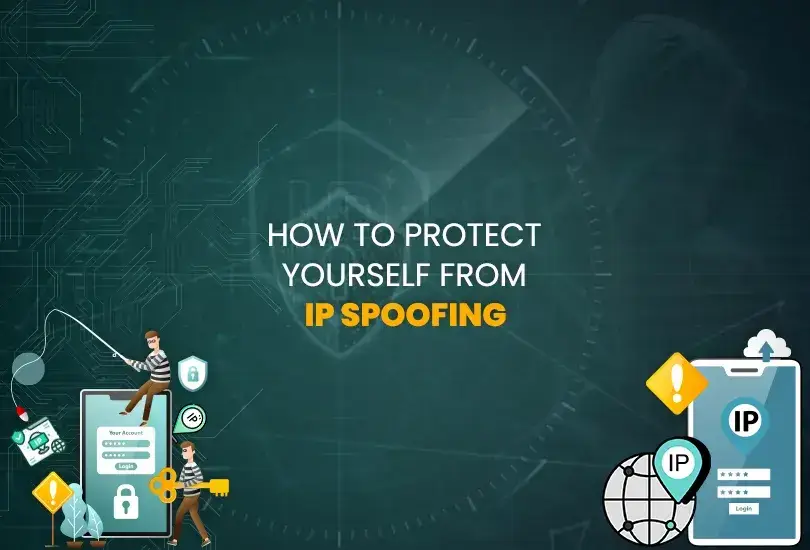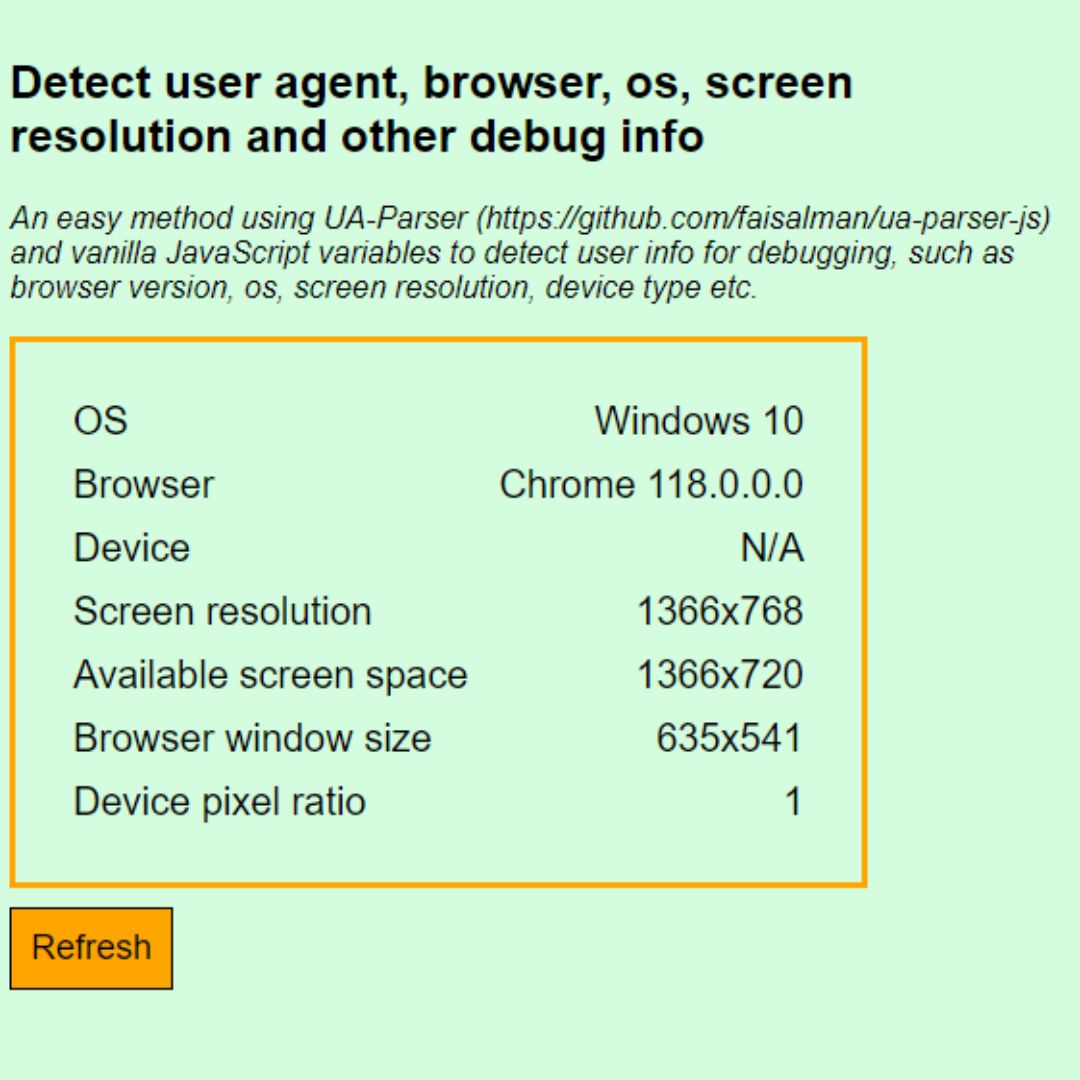Learn the best strategies to safeguard your wireless network from IP spoofing. Prevent cyber threats with expert security tips and stay protected online.

Table of Contents
Spoofing–a type of network cyberattack–is a particularly dangerous strain of cybercrime. It aims to impersonate another online entity. The most common form of spoofing is IP and email spoofing. Attackers change the identification information on their network packets to make it seem like they are being sent from a different IP address.
Spoofing attacks have a lot of applications. They are used to mask DDOS attacks and commit digital identity theft and phishing, to name a few.
Today, we are going to look at some strategies to safeguard your wireless network against IP spoofing.
What Is IP Spoofing
IP spoofing is the particular act of hiding one’s network traffic’s IP origin. For example, if a computer with the IP address 12.13.14.15 is spoofing its traffic, it might appear as if its IP is 55.56.57.58.
In networks, data is sent in the form of small data packets. These packets all have two pieces of IP information. One IP address shows the point of origin, and one shows the destination.
To spoof IP addresses, one needs to create a program that changes the point-of-origin IP address and replaces it with another one. As a result, the destination device gets false info about the point of origin of the traffic.
So, what is IP spoofing used for?
- It is used to avoid IP bans. If a range of IP addresses is banned on a certain network or website due to prior cybercrime, spoofing the IP address can enable bad actors to bypass that ban.
- It can be used to implicate someone else in a crime. By using a particular person’s or entity’s IP address and committing a cybercrime, bad actors can paint innocents as prime suspects.
- It is used to protect the attacker’s identity when committing a cybercrime.
The second point is the scary part here because it means that anyone could be an unwitting participant in cybercrime and become implicated.
How To Protect Your Network Against IP Spoofing

It is a common consensus that detecting spoofing and protecting against it is difficult. However, it is not impossible. Given below are some ways in which you can protect your wireless network against IP spoofing.
1. Robust Authentication and Verification
To prevent IP spoofing, you need to have robust authentication and verification steps. Do not let just any IP address connect to your wireless network. Instead, create a whitelist of specific IP addresses and only allow them to connect to your network.
However, if you only authenticate based on IP addresses, you will be spoofed. So, you must use other methods of authentication as well. You can use Mac address authentication, meaning that both the IP and the Mac address must be authenticated and verified.
You should also use multifactor authentication methods to ensure that a legitimate user is trying to connect to your wireless network. In this way, you can prevent attackers from gaining access to your network and wreaking havoc through IP spoofing.
2. Employ Packet Filtering
Packet filtering is a method that can detect whether the packets are using spoofed IPs or not. There are two types of packet filtering: Ingress filtering and egress filtering. Here’s how they work.
Ingress Filtering
In ingress filtering, the network maintains an access control list (ACL) (it is just a fancy name for an IP address whitelist). This ACL lists all authorized IP addresses that are allowed to communicate and connect with the network.
To create an ACL, use a tool that shows your public IP. Tools like “What is my IP Address”
can help you find your IP address. Use it to find your current public IP and create an ingress filter accordingly. You will need to update the IP every time it changes (unless you have a static IP).
Ingress filtering also checks authorized packets for suspicious behavior, such as those exhibited by malicious packets from spoofed IPs. If any packet is considered suspicious, it is dropped, and traffic from its source is blocked as well.
Egress Filtering
Egress filtering checks traffic leaving your network. It scans packets to check if their source IP addresses match those that are present on your wireless networks. If they don’t match, the packets are stopped.
This approach prevents someone from inside your network from launching a spoofing attack.
3. Keep Your Antivirus and Firewall Updated
Firewalls and antiviruses have the capability to detect malicious network traffic by matching their signature with known cases and instances. Since new methods of attacks and their countermeasures are discovered almost daily, it is critical that antivirus software and firewalls are updated.
Through regular updates, it is possible to keep ahead of the IP spoofing attacks and nip them in the bud. The good thing is that you don’t need to have highly technical knowledge to do this. Anyone can do it on their computer. In fact, most antivirus and firewall software can auto-update.
So, to summarize, you can protect your wireless network by keeping the firewall and antivirus on each connected device up to date.
4. Train Employees/Network Users to Recognize Phishing Attempts Done Via IP Spoofing
IP spoofing is typically done to make phishing attempts more successful. So, an attacker may use a spoofed IP to send an email to someone on your network. This email may attempt to trick the receiver into sharing important credentials or other information.
To prevent this kind of mishap, you need to train your employees to be careful before clicking any links. They also need to be taught how to check links and web pages.
For example, the last part of the URL may be different. A URL such as “xyz.com” may be written as “xyz.co.” and the user may not notice the difference. Phishing sites look exactly the same as the original ones and fool you into inputting your password and user name, which they subsequently steal.
By training your employees to check each and every email they get, you can avoid making them fall for spoofing-based scams.
Conclusion
So, there you have it, a quick guide on IP spoofing and how to protect against it. It is important to note that IP spoofing still remains a difficult challenge for security experts. That’s why there are no complete solutions. However, if you follow the strategies listed in this guide, your network will be safer than most.
That’s a wrap!
Thank you for taking the time to read this article! I hope you found it informative and enjoyable. If you did, please consider sharing it with your friends and followers. Your support helps me continue creating content like this.
Stay updated with our latest content by signing up for our email newsletter! Be the first to know about new articles and exciting updates directly in your inbox. Don't miss out—subscribe today!
If you'd like to support my work directly, you can buy me a coffee . Your generosity is greatly appreciated and helps me keep bringing you high-quality articles.
Thanks!
Faraz 😊
























